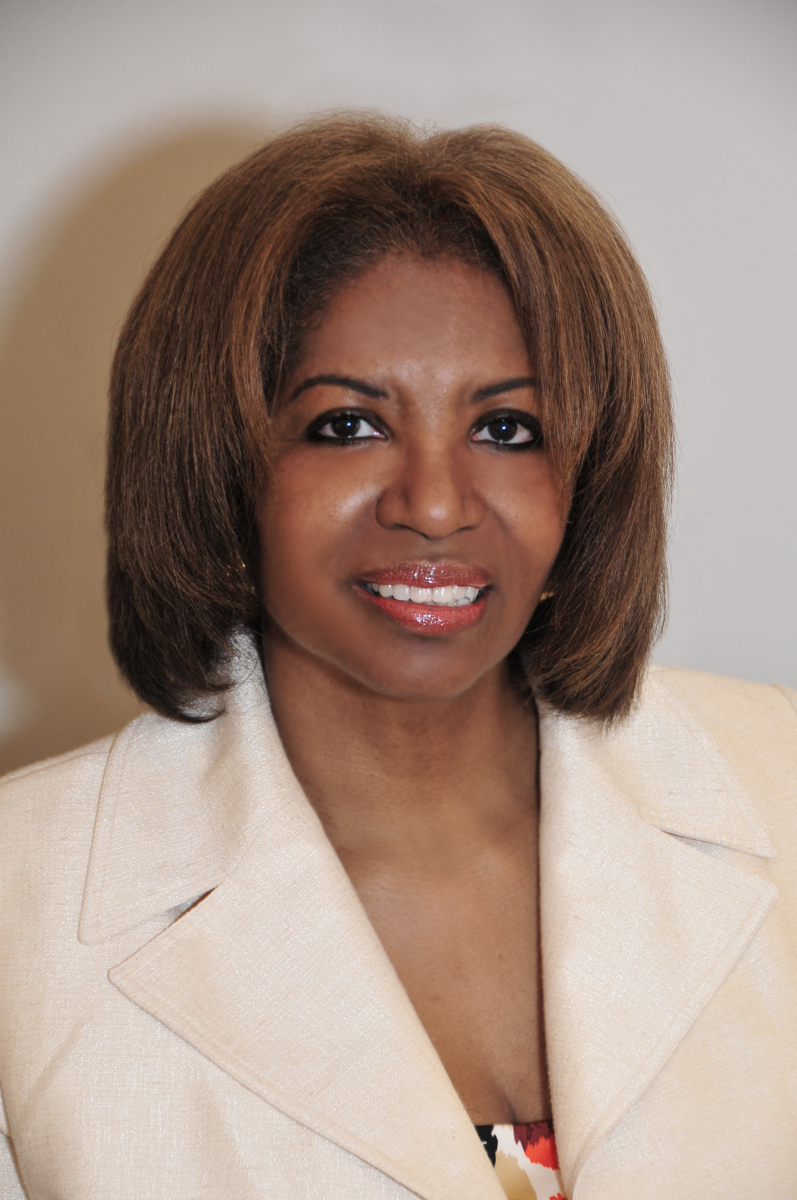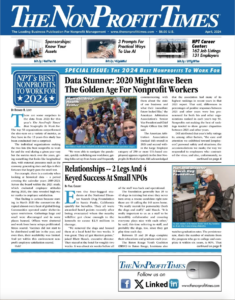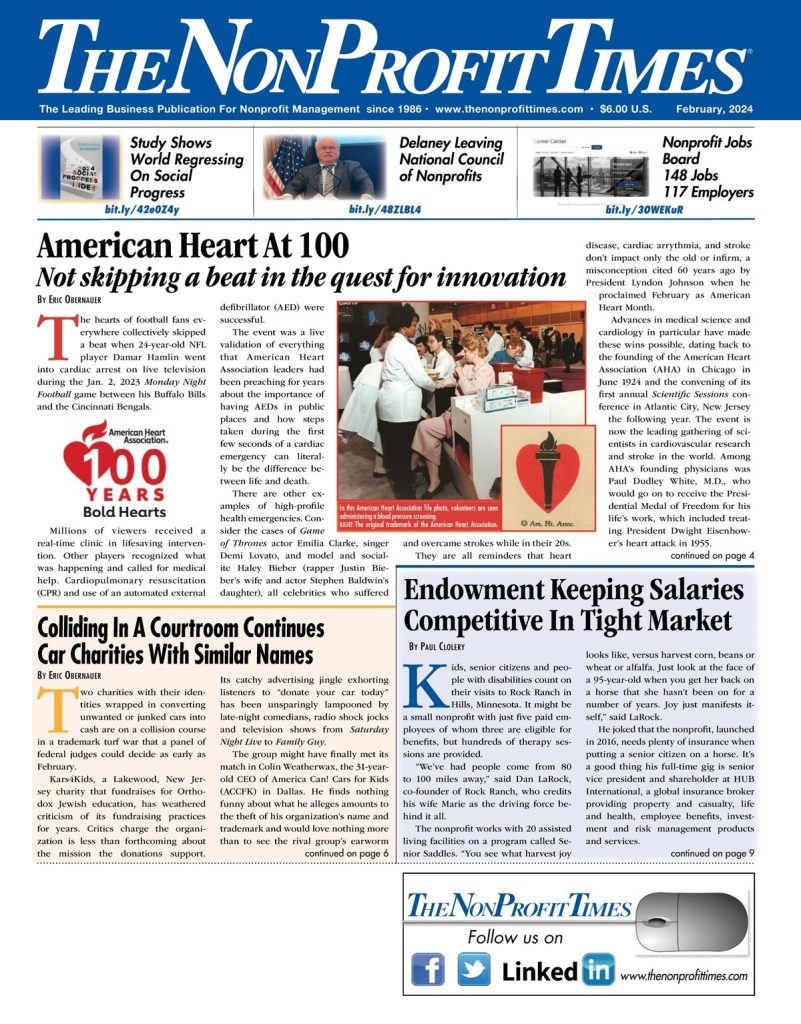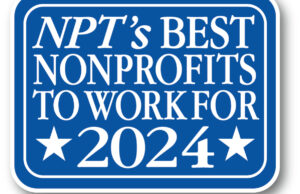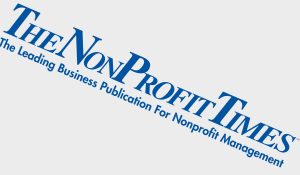“We had luminaries, hors d’oeuvres, a prestigious venue and a painfully small audience.”
Powerful and compelling panel discussions, documentary screenings and other events are yielding disappointing audiences for nonprofits. The symposium, convening or seminar has become ubiquitous. They used to be the exclusive domain of universities or think tanks, but now human service providers, arts and advocacy organizations are also frequent sponsors.
Panel discussions are believed to imbue intellectual heft and political relevance to issues. Amorphous “thought leadership” is now the goal, distinct from the fundraising dinners or awards luncheons most nonprofits have mastered. Remember, these events do not raise money. They raise public awareness and generate strategies for solutions. Your goal is to ignite action and educate audiences about your mission.
Unfortunately, so much time is spent on the speaker, the room and other logistics that audience development becomes an afterthought. People are juggling multiple obligations. The challenge is making your invitation jump from the inbox onto potential audience members’ calendars.
Why are you hosting this conversation? Who, other than your board or staff, has indicated an interest? What will persuade people to attend, even in the rain? Building a substantial and sustainable audience (one that is not part of a captive group during a conference or meeting) is hard work. It entails an enigmatic mixture of marketing, collaboration and charm.
Multiple resources teach how to engage an audience, solicit questions and even look them in the eye once they arrive. But, few impart information about actually enticing people to attend. Websites devoted to panels, such as www.PowerfulPanels.com, seem to assume an audience is already in the room.
Focus not on building the largest audience, but the best. Do you have stakeholders, partners or funders who have demonstrated an interest in your topic? Have you reached beyond the traditional spheres of your board members or volunteers to add new cohorts to your target audience?
Emailing an invitation is no longer enough. You have to work a strategy with multiple layers. “Build it and they will come” only works in movies. After producing successful, well-attended nonprofit events and panel discussions for years, here are a few things you should consider:
- Send out the save the dates and invitations very early. Send a few reminders, including the day before the event.
- Create an invitation that is clear, concise and complete. Sparse information and lack of specifics will get deleted. The same is true for an invitation that is too dense.
- Attend the events of other organizations. Make sure the organizers know you attended so they might feel inclined to reciprocate.
- Meet with staff from other organizations or reach out to bloggers to personally ask them to join the discussion. Urge them to forward your invitations on their social media platforms, and agree to do the same for them.
- Ask panel members and sponsors to forward the invitations to their networks.
- Dialing for an audience is seldom done. You should do it! Call your contacts and personally encourage them to attend.
- Expand your audience beyond nonprofits; include other sectors.
- Partner with other nonprofits or corporations to co-host and expand your capacity to attract an audience.
- A notable venue does not matter to an audience if parking and transportation are inconvenient.
Nonprofit managers can learn from the arts sector. According to the Wallace Foundation, “Building audiences is a top concern for arts organizations, yet there has been little hard evidence about what works.” To fill the gap, they produced the Wallace Studies in Building Arts Audiences series. The Road to Results, Effective Practices for Building Arts Audiences by Bob Harlow is also relevant. The arts community talks about cultivating and building a relationship with their audience. Audiences at panel discussions and thought leadership events are comprised of people who care about specific programs, issues and missions.
Nonprofits rarely have the bandwidth to reach audiences impacted by or influencing issues. Thought leadership events are growing in utility as nonprofit leaders search for ways to build relationships with multiple generations and diverse communities. Nonprofit leaders can’t afford to waste opportunities to be included in public debate. And, these debates and discussions mean nothing if no one is there to listen.
***
Jatrice Martel Gaiter is executive vice president, external affairs, at Volunteers of America in Alexandria, Va. Her email is [email protected] and her Twitter handle is @Ms_Nonprofit

